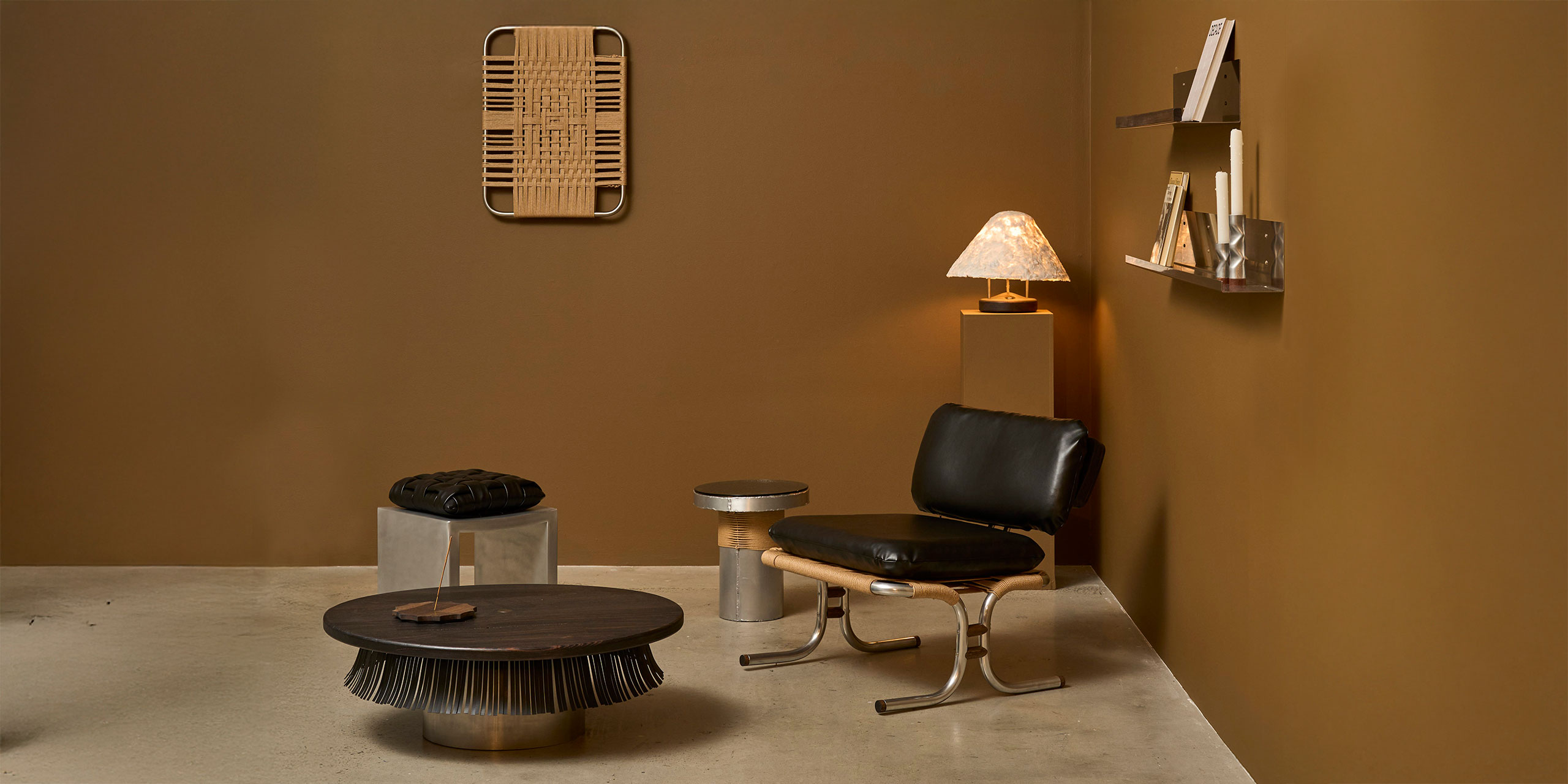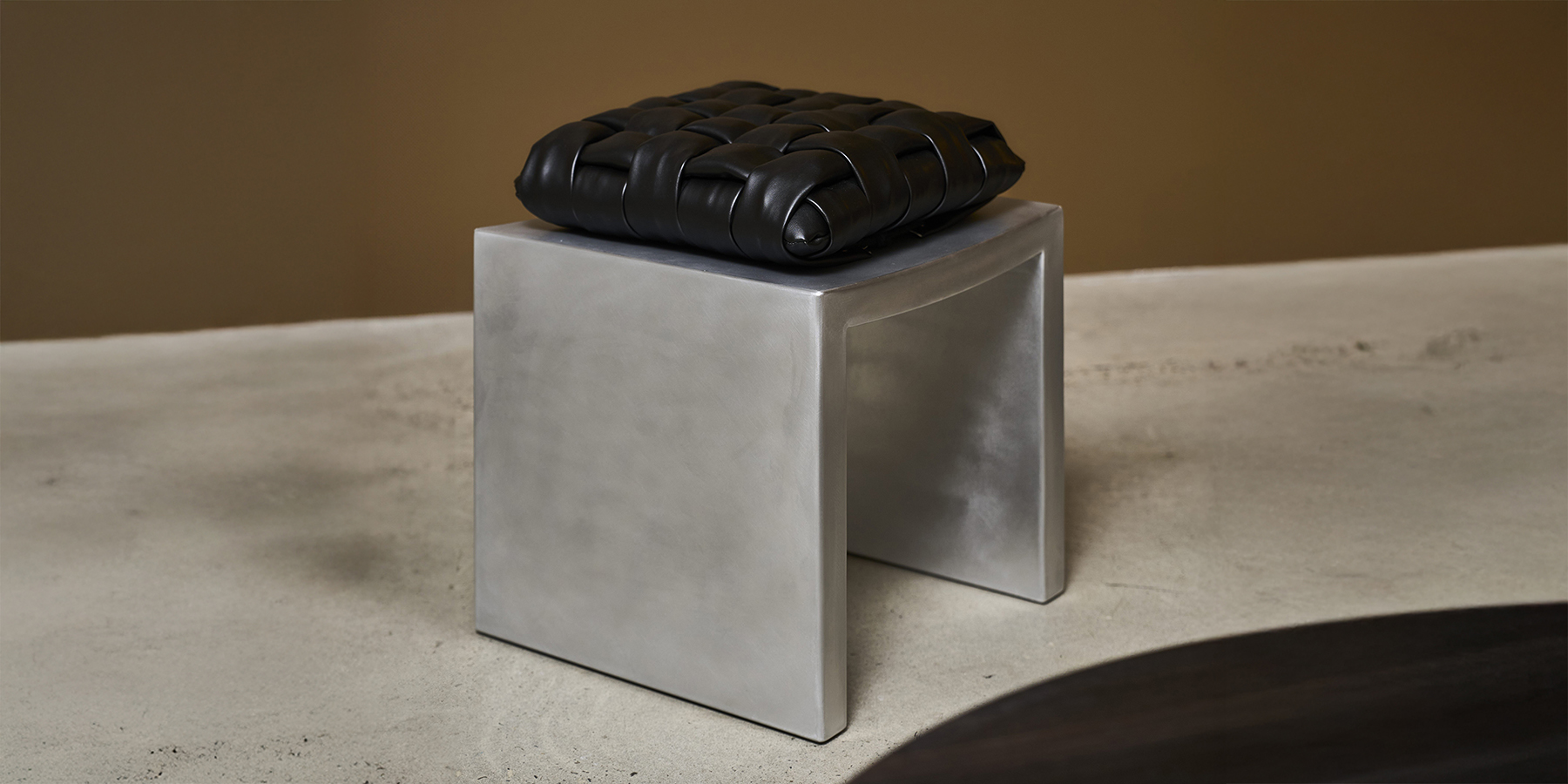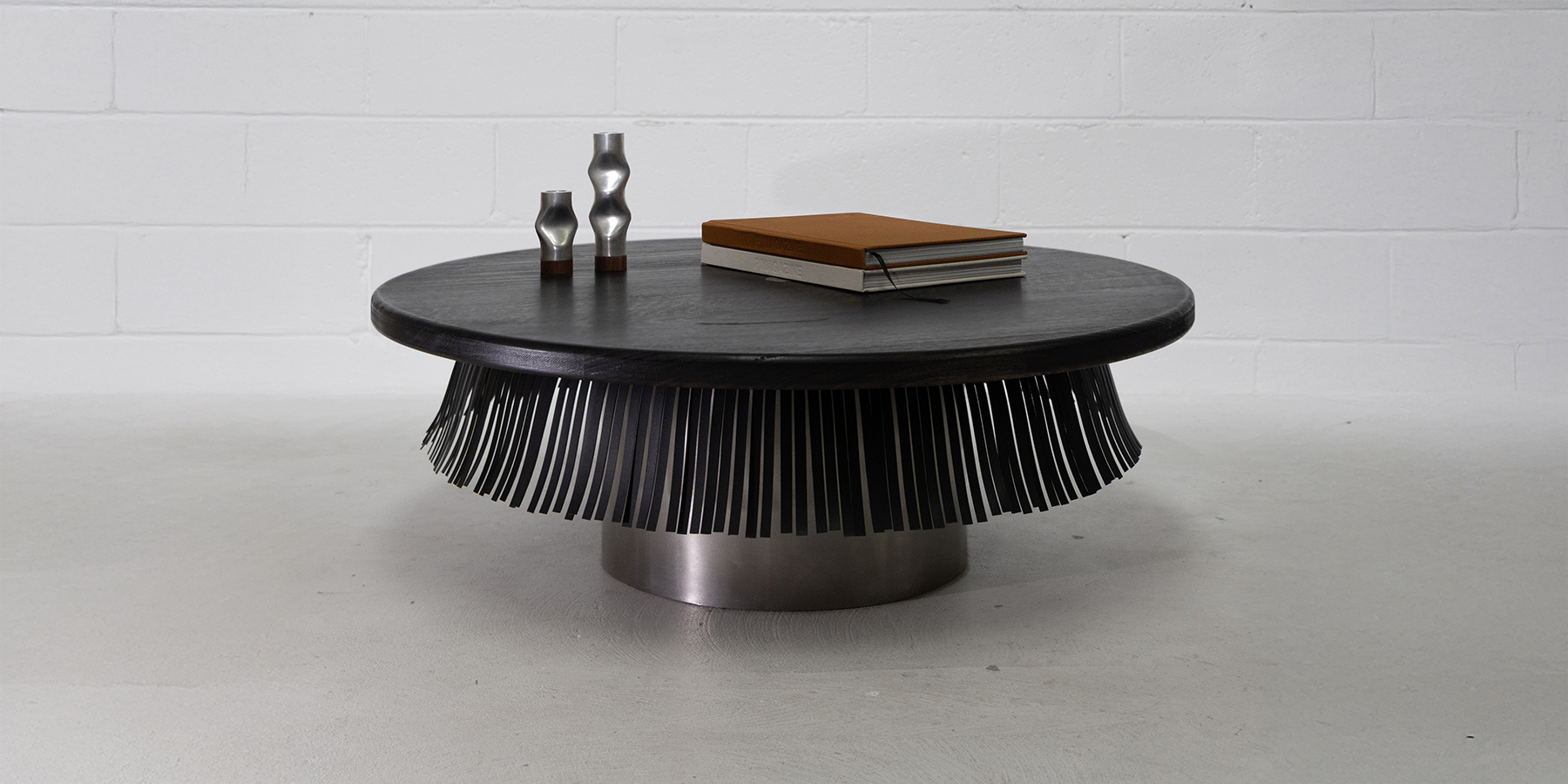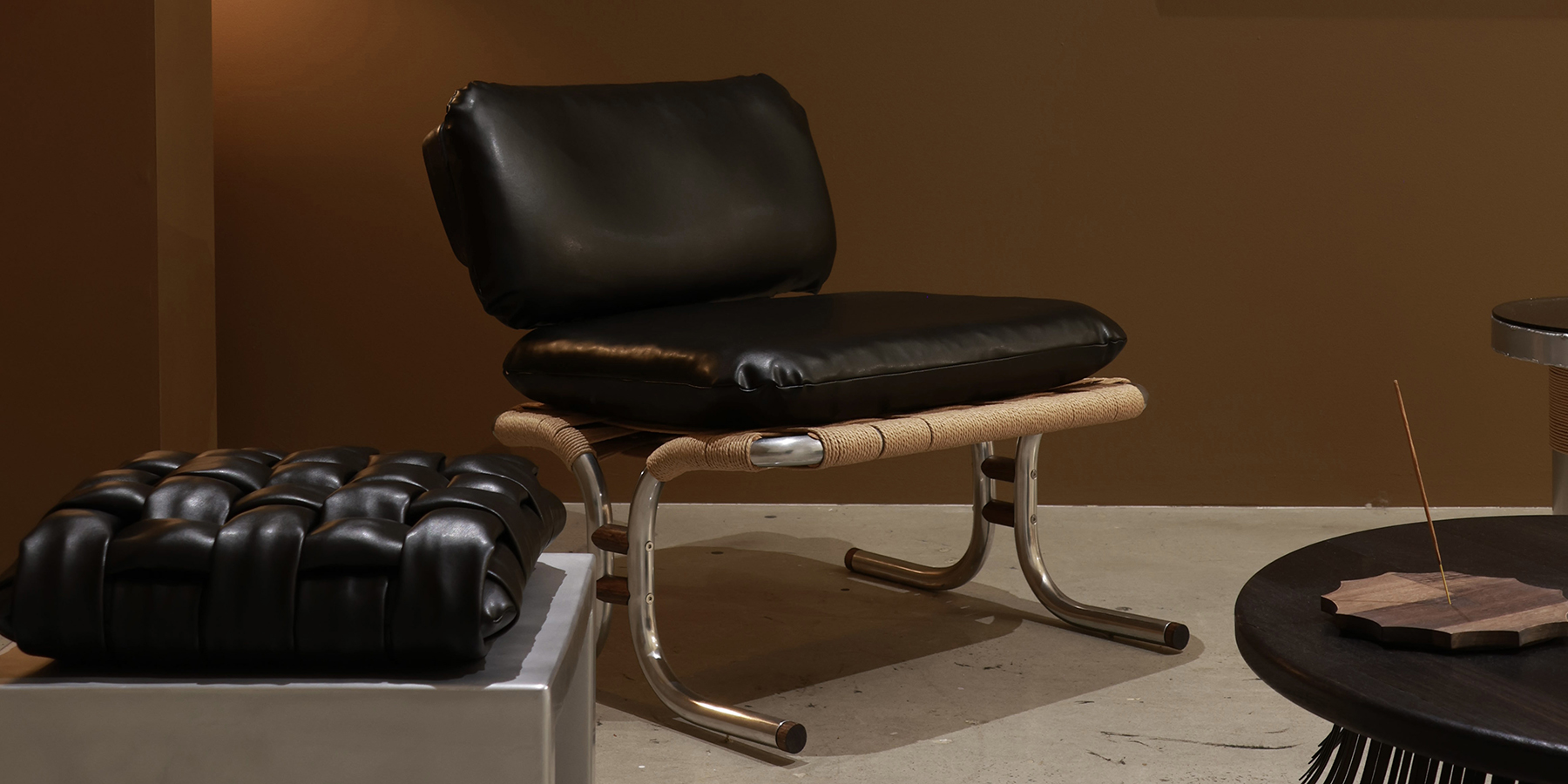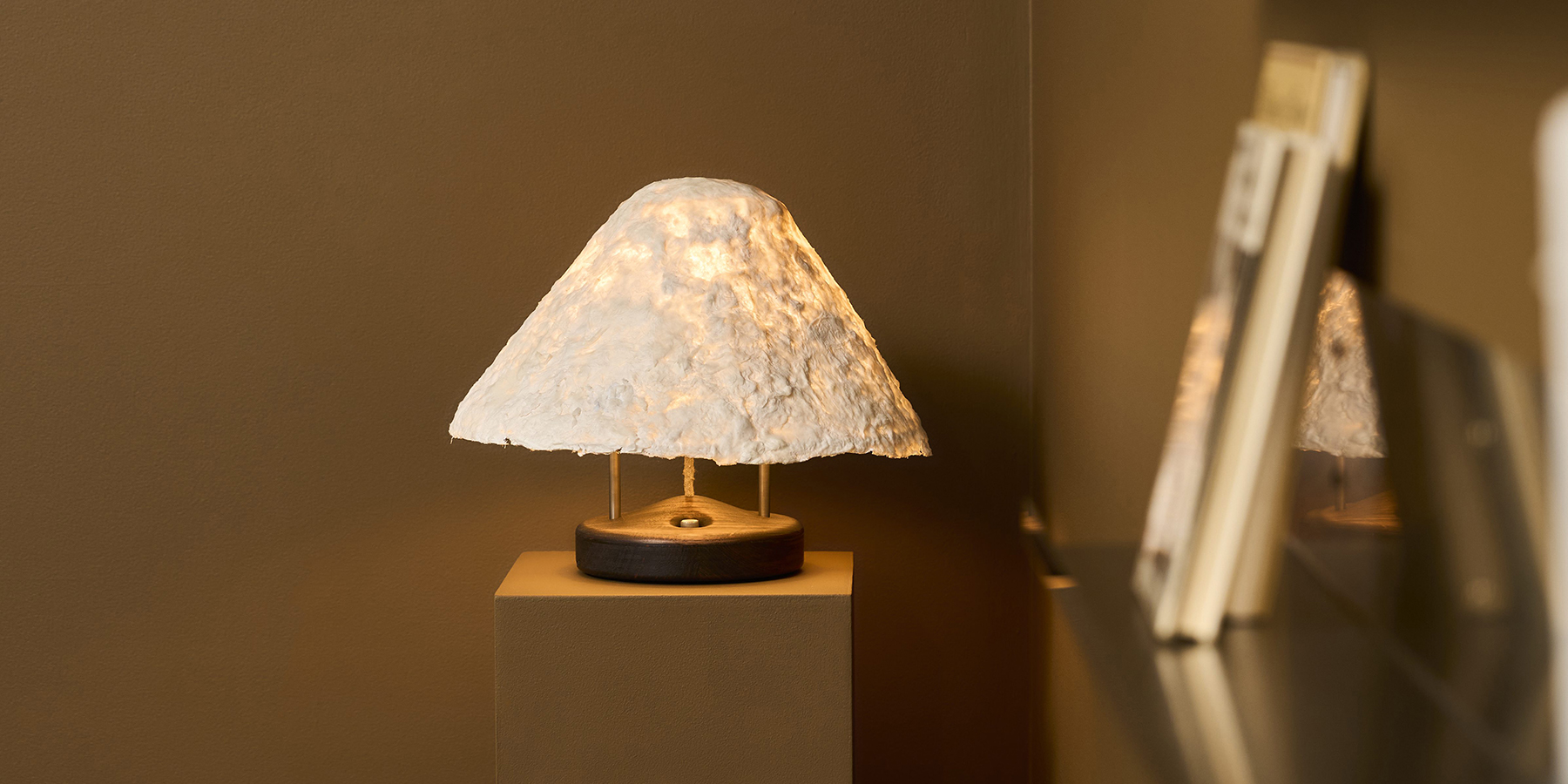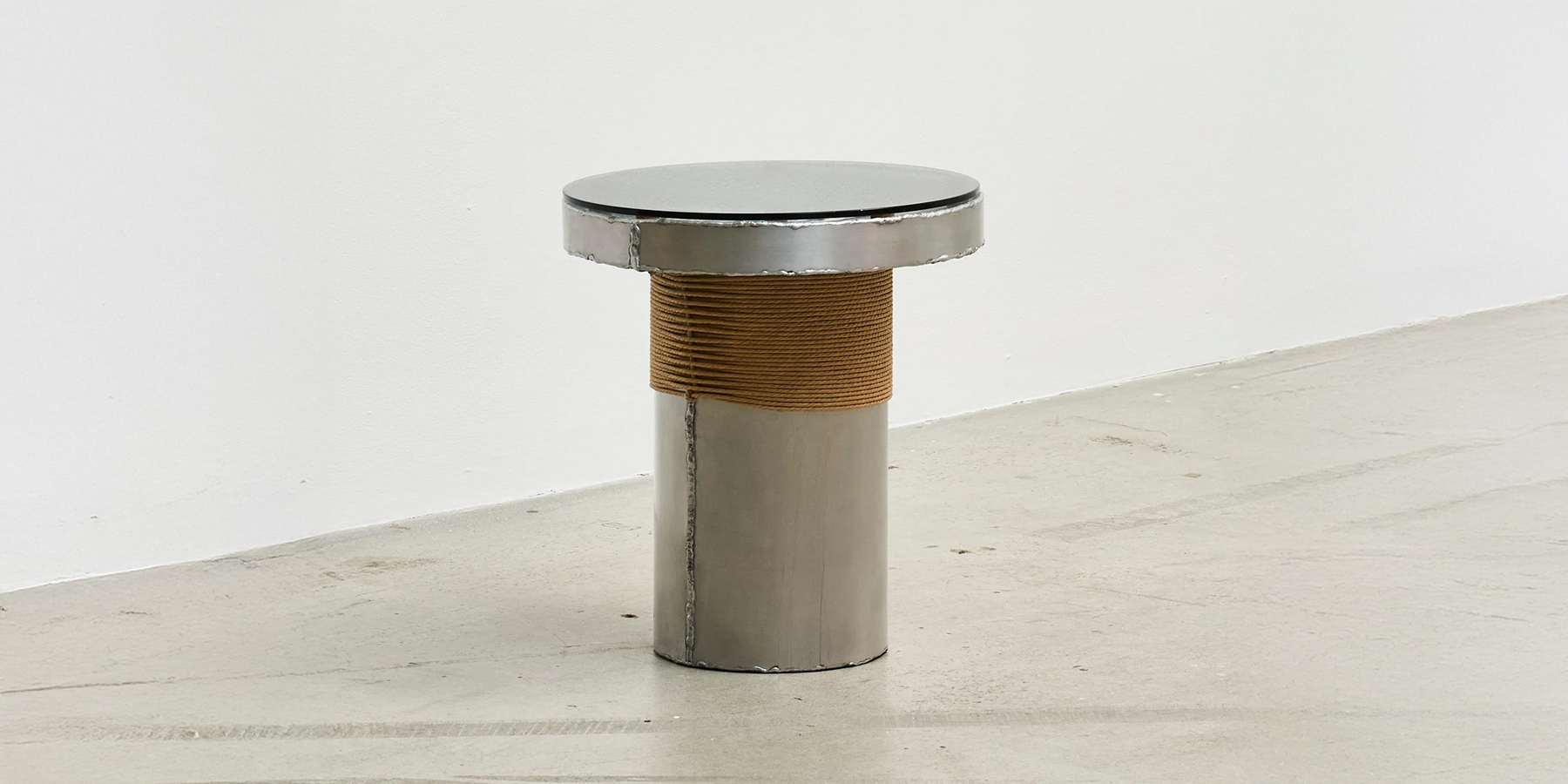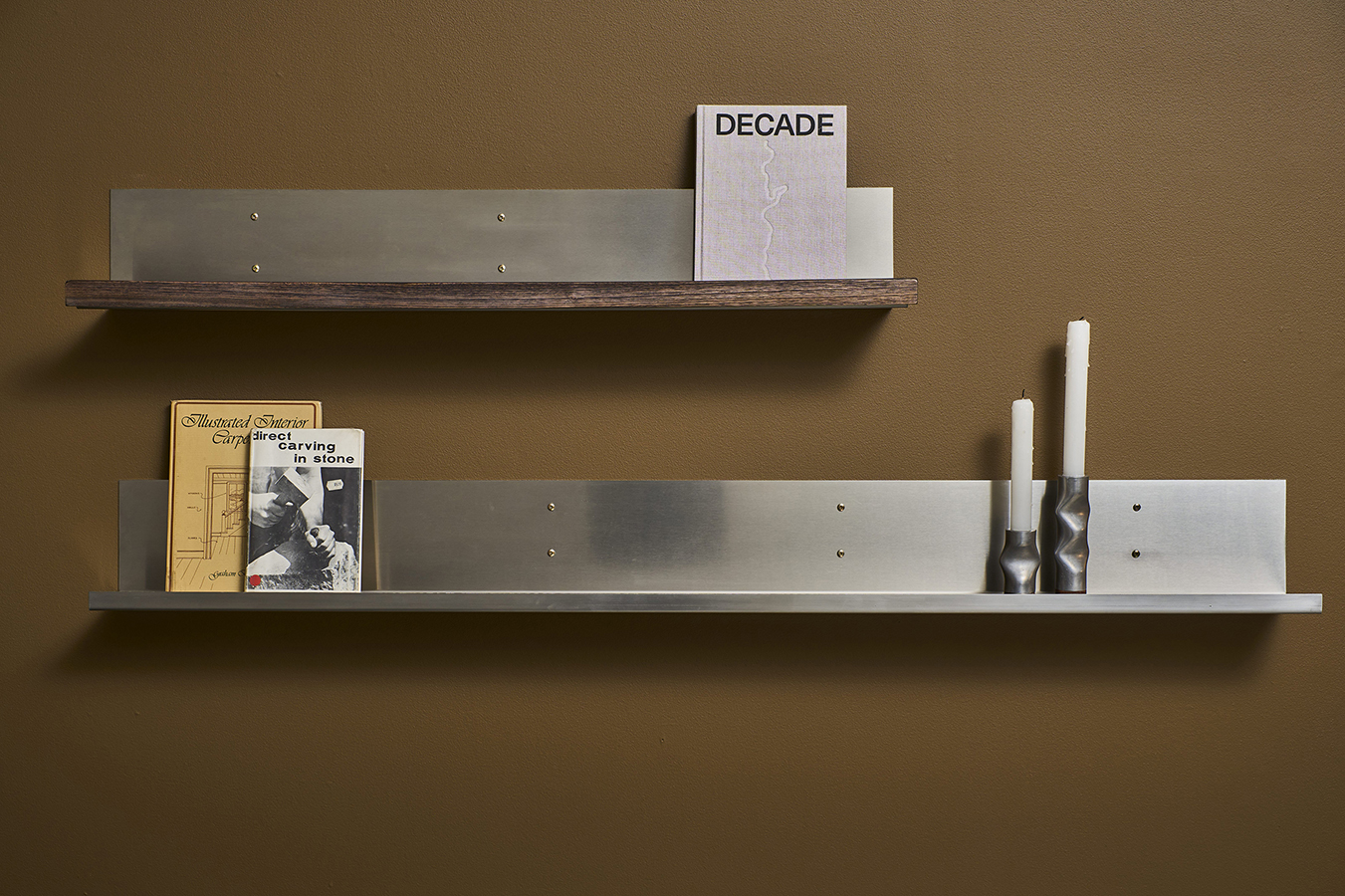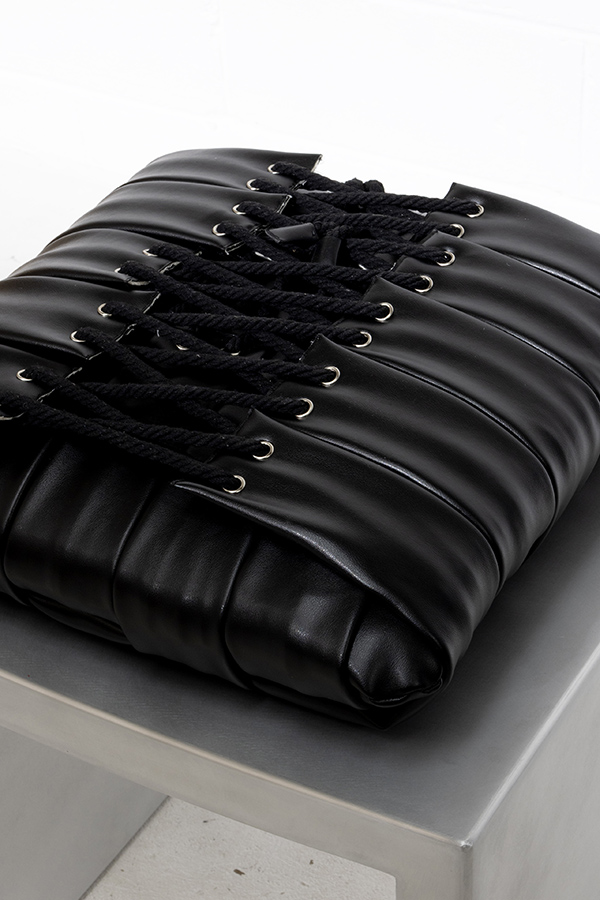Design Ideation
The process started with digital ideation, my preferred process, which involves creating the objects in a 3D modelling program. This helps me quickly explore different designs and immediately see changes as I implement them. It also allows me to view a collection as a whole, to address any incosistencies across the aesthetics of the group. I already had in mind some materials I was keen to work with and some construction techniques I wanted to explore, which is where my ideas for new designs usually stem from, so this gave me a good starting point.
Preparation + Planning
After settling on a collection and sending the Craft Victoria team an indicative render I can begin the preparation work. I manufacture entirely in Australia (where possible), and this is by far the longest part of the process. Fine-tuning construction processes, designing fixtures, creation of jigs, and prototyping.
At this stage I talk to my metal manufacturers about feasibility and adjust the designs accordingly. I take advantage of how drawn out this stage can be to also begin transforming some of the raw materials into the components needed for my designs, like creating the stains from metal waste and making test swatches of the handmade textiles.
Making
Once the metal parts start coming from manufacturers, I can start the hand work. Timber work, timber staining, timber finishing, metal polishing, metal waxing, cord weaving, latex cutting, leatherwork, hand-tacking, upholstery, textile forming + electrical wiring.
I created 10 pieces across furniture, decorative objects, lighting and storage which explore the potential of repurposing discarded resources. The collection addresses harmful logging practices, metal waste, textile waste, food waste, substitutes for upholstery foams, alternative leathers, and every piece can be easily deconstructed into base components for repair, repurposing or recycling.

